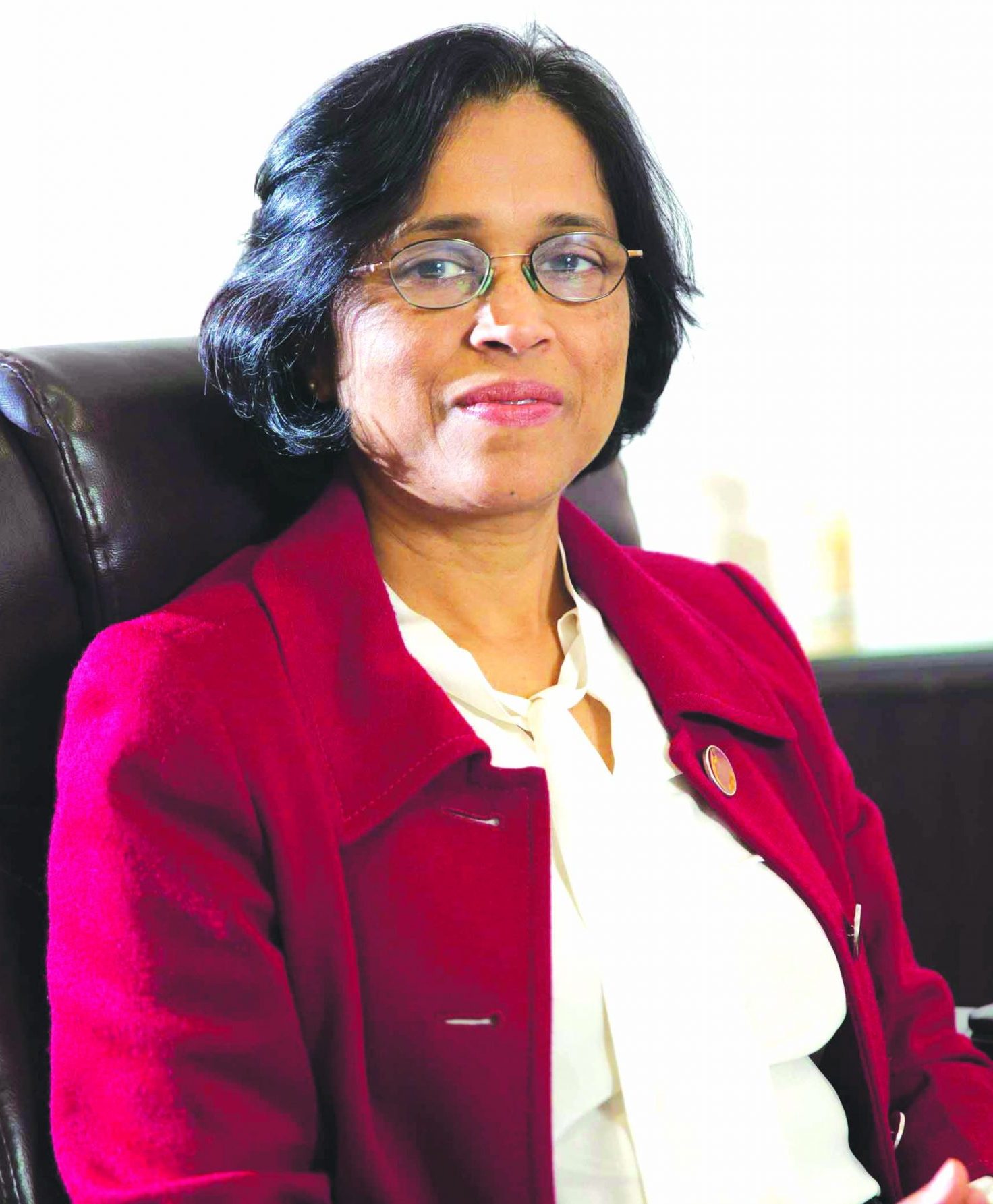With some belt-tightening, resources can be found for substantial investment in digital technologies and other interventions which would improve children’s learning outcomes
-Geeta Kingdon

The feel-good factor of the 11.86 percent increase in the outlay for education in Union Budget 2022-23 presented to Parliament and nation on February 1 is an optical illusion. Sure, the allocation of Rs.104,278 crore for 2022-23 is almost 12 percent greater than the outlay of Rs.93,223 crore of 2021-22. But the 2021-22 allocation was 6 percent lower than the budget of Rs.99,184 crore of the previous year. Therefore compared to 2020-21, the Union government’s provision for education is only 5 percent higher, translating into an annualised growth of 2.5 percent during the past two years. Nevertheless, we should be grateful for small mercies conferred in times of fiscal distress.
In fiscal 2020-21, India’s GDP contracted sharply by 8 percent because of the comprehensive lockdown of business, industry and commerce prompted by the Covid-19 pandemic. Government revenue plunged sharply by 21.6 percent, leaving no space for expanding public expenditure. Yet, by allowing the fiscal deficit to balloon, the annual salary increase of public sector employees was protected.
Ditto in the states. In Uttar Pradesh — India’s most populous state (215 million) — teachers’ salaries increased during the past two years of the pandemic. In July 2019, dearness allowance on basic pay was 17 percent. In July 2021, it was raised to 31 percent, i.e, an increase of 14 percent on basic pay. This was in addition to a 3 percent increment on basic pay per year. In sum, teachers’ salaries increased by 20 percent over two years, despite the sharp contraction of government revenue. In other words, the rise in education expenditure is absorbed mostly by the hike in teachers remuneration.
Coming back to the Union Budget 2022-23, of the total allocation of Rs.104,278 crore for education, Rs.40,827 crore is for higher education and Rs.63,449 crore for school education. Of the school education budget, Rs.37,383 crore (nearly 60 percent) is for Samagra Shiksha Abhiyan (SSA) to support state governments providing elementary and secondary education; Rs.7,650 crore for Kendriya Vidyalayas and Rs.4,115 crore for Jawahar Navodaya Vidyalayas, schools funded by the Central government; and Rs.10,234 crore is for the PM Poshan (mid-day meal) scheme. The remainder Rs.4,067 crore has been allocated to several small school education schemes such as government contribution to World Bank’s STAR program in six states; merit scholarship scheme; teacher training, etc.
The allocation towards improving digital infrastructure in rural areas via the Vibrant Villages programme; focus on skilling by giving a fillip to vocational education, and the development of e-learning materials in regional languages, are all positive initiatives. In higher education too, special emphasis accorded to agriculture and urban planning and permitting world-class foreign universities to establish campuses in Tec City, Gujarat for STEM (science, technology, engineering, maths) learning are steps in the right direction. Although the education budget for 2022-23 (Centre plus states) aggregates a mere 3.1 percent of GDP — only half of the long-cherished 6 percent goal — in the current straitened financial circumstances of the Covid pandemic era, the allocations are indicative of commitment to public education.
If government did some belt-tightening and practised economic efficiency, additional resources can be found to increase the budget for substantial investment in education, e.g, for digital technologies and other interventions which would improve children’s learning outcomes.
For one thing, teachers — the most expensive resource in education — are currently deployed in a profligate and extravagant manner, with the national teacher-pupil ratio (TPR) averaging 1:25, whereas the RTE Act recommends 1:30. In a recent paper published by the RISE programme at Oxford University, Sandip Datta and myself demonstrated that prescribing a TPR of 1:30 would save the public exchequer Rs.28,671 crore per annum. Indeed there’s a case for liberalising the TPR beyond the prescribed limit because there is no evidence-basis for maintaining 1:30 TPR. On the contrary, three Indian studies by Karthik Muralidharan, Abhijit Banerjee, Esther Duflo, Sandip Datta and myself that examined this issue, indicate that reducing the number of students in class doesn’t improve learning outcomes.
Therefore the 1:30 TPR is not sacrosanct. The Datta and Kingdon study argues that if government maintained a TPR of 1:40 (as in most private schools), it would save a whopping Rs.77,629 crore per annum at 2019-20 prices. This would permit serious investment in improving the quality of K-12 education.
Although the Union Budget 2022-23 attempts to address educational needs in these straitened times, it is disappointing because it hasn’t mobilised much needed resources by removing flab and inefficiencies within the public K-12 system.
(Geeta Gandhi Kingdon is Professor, Institute of Education, University College London)























